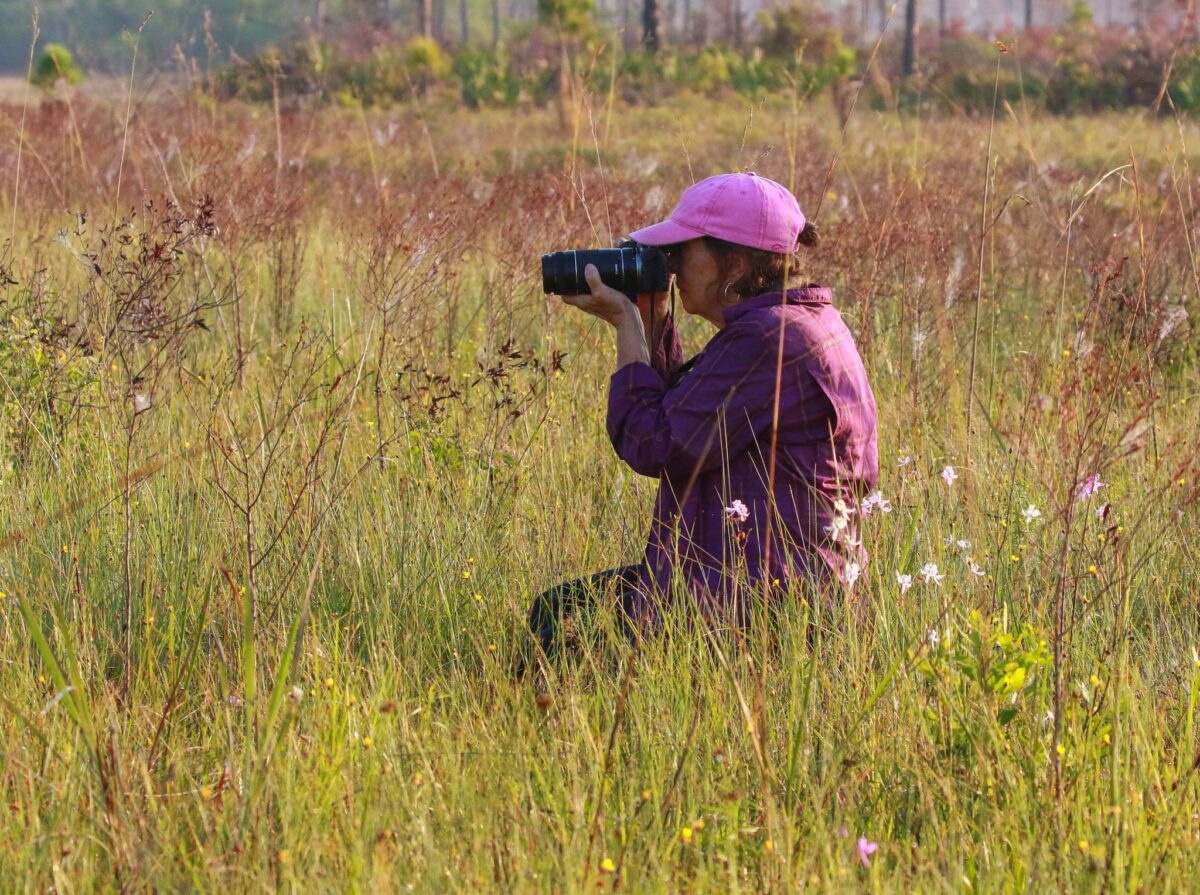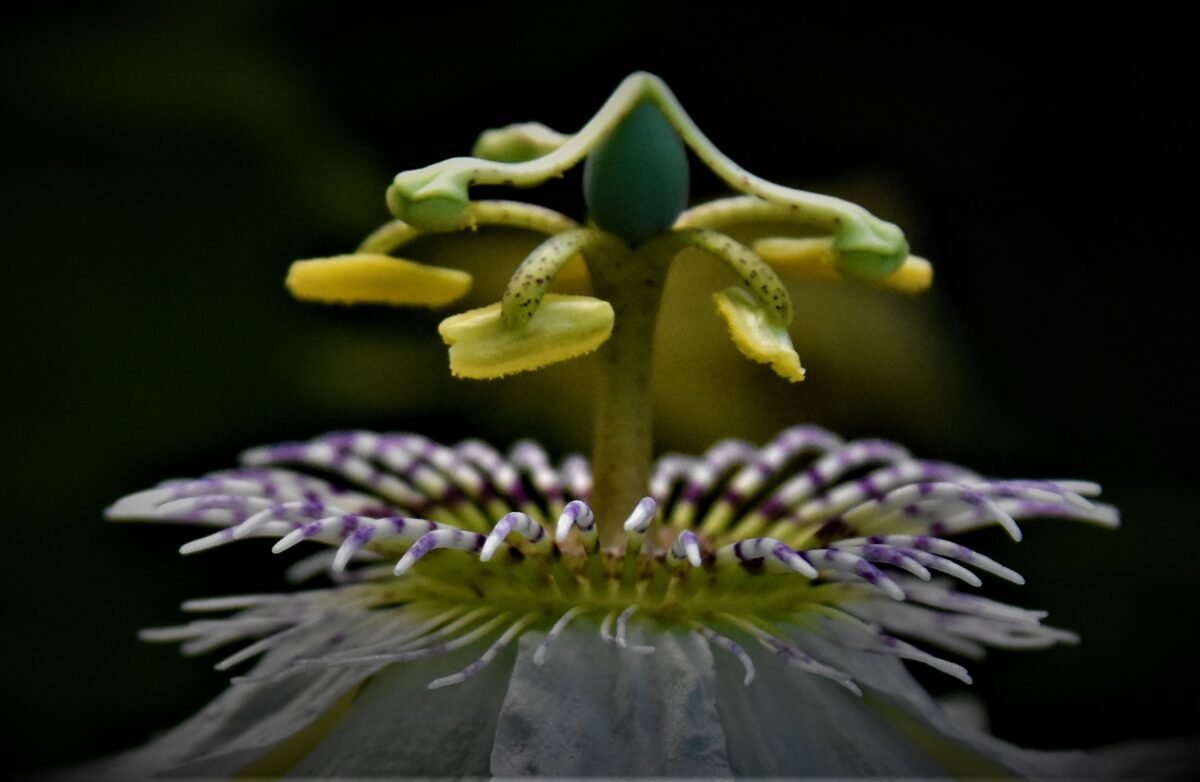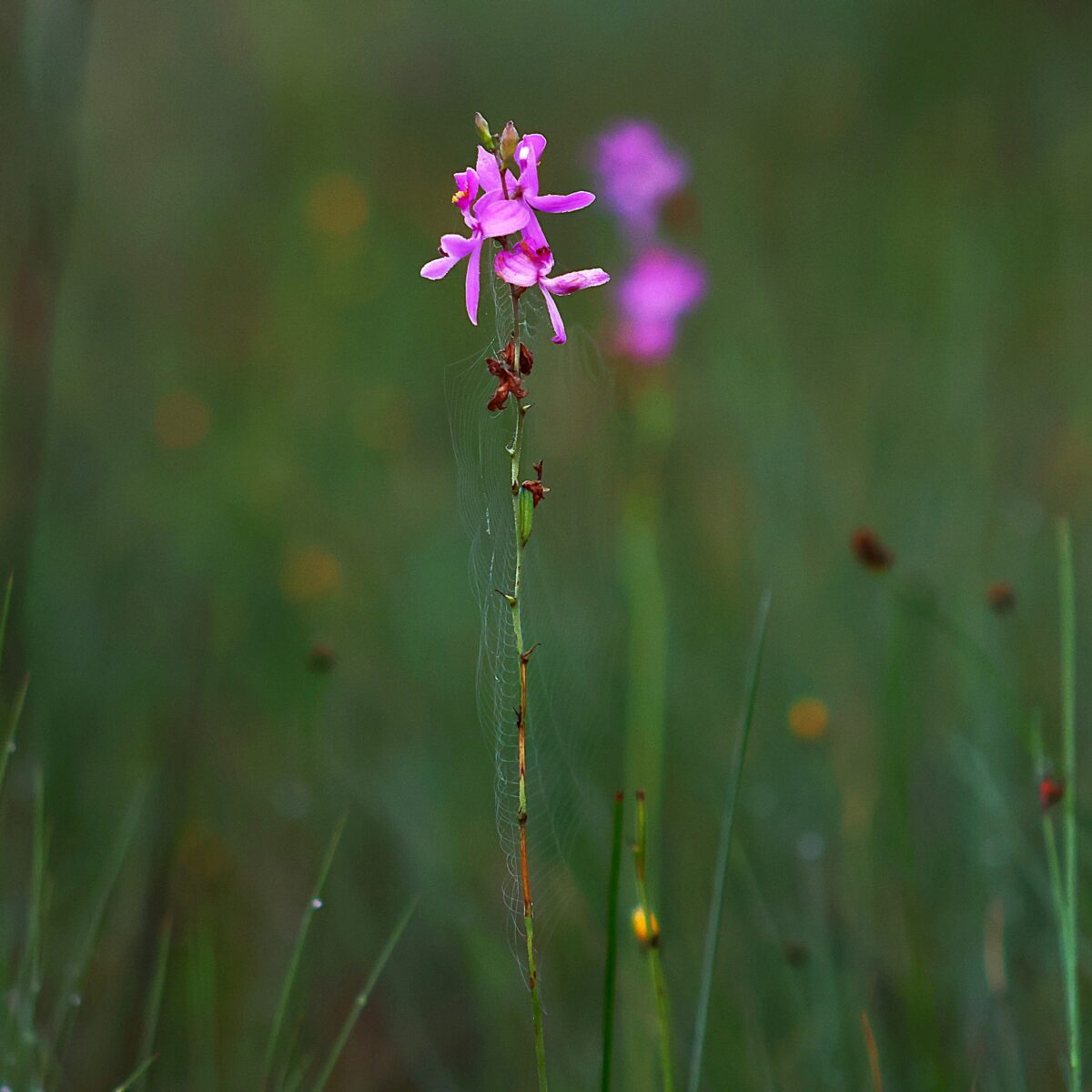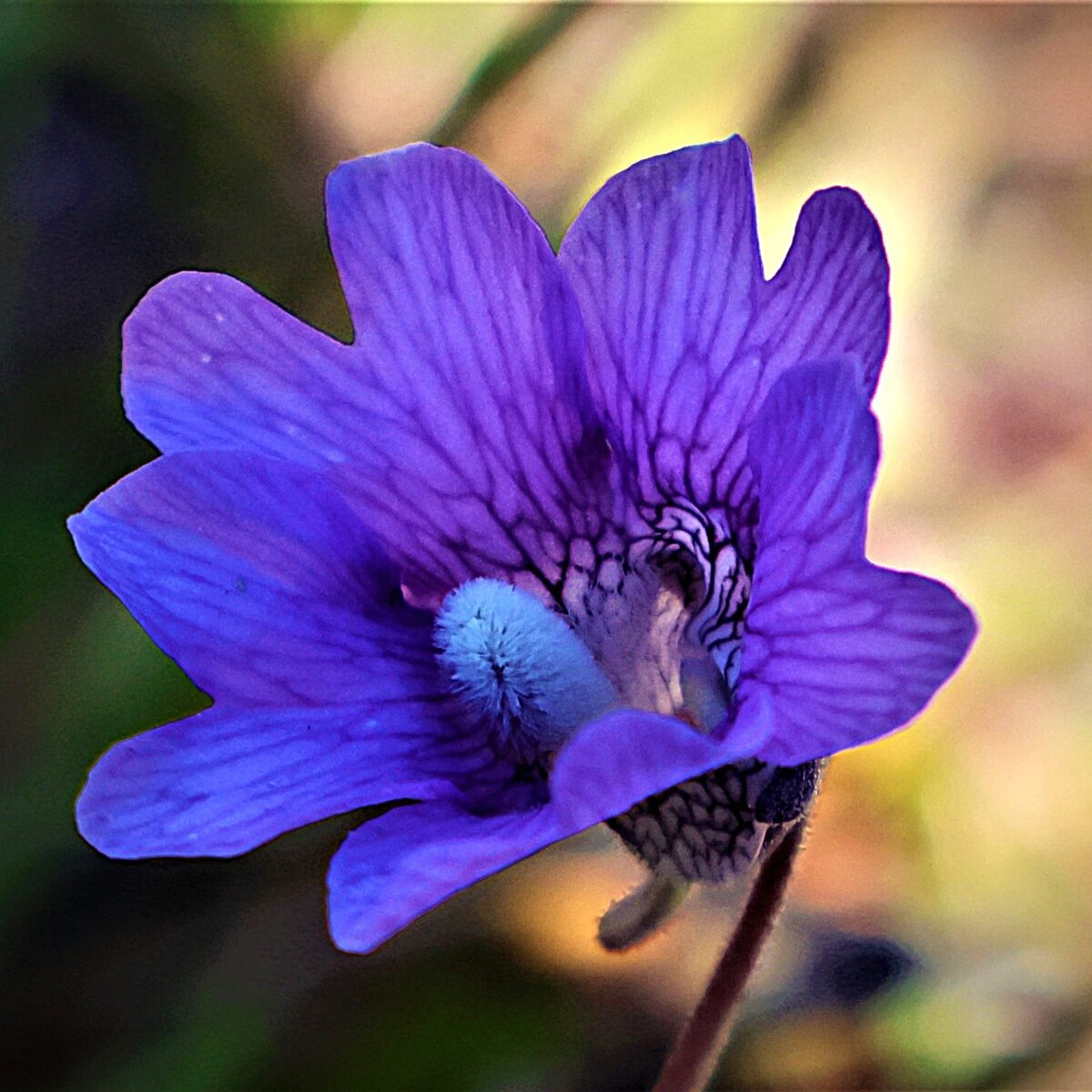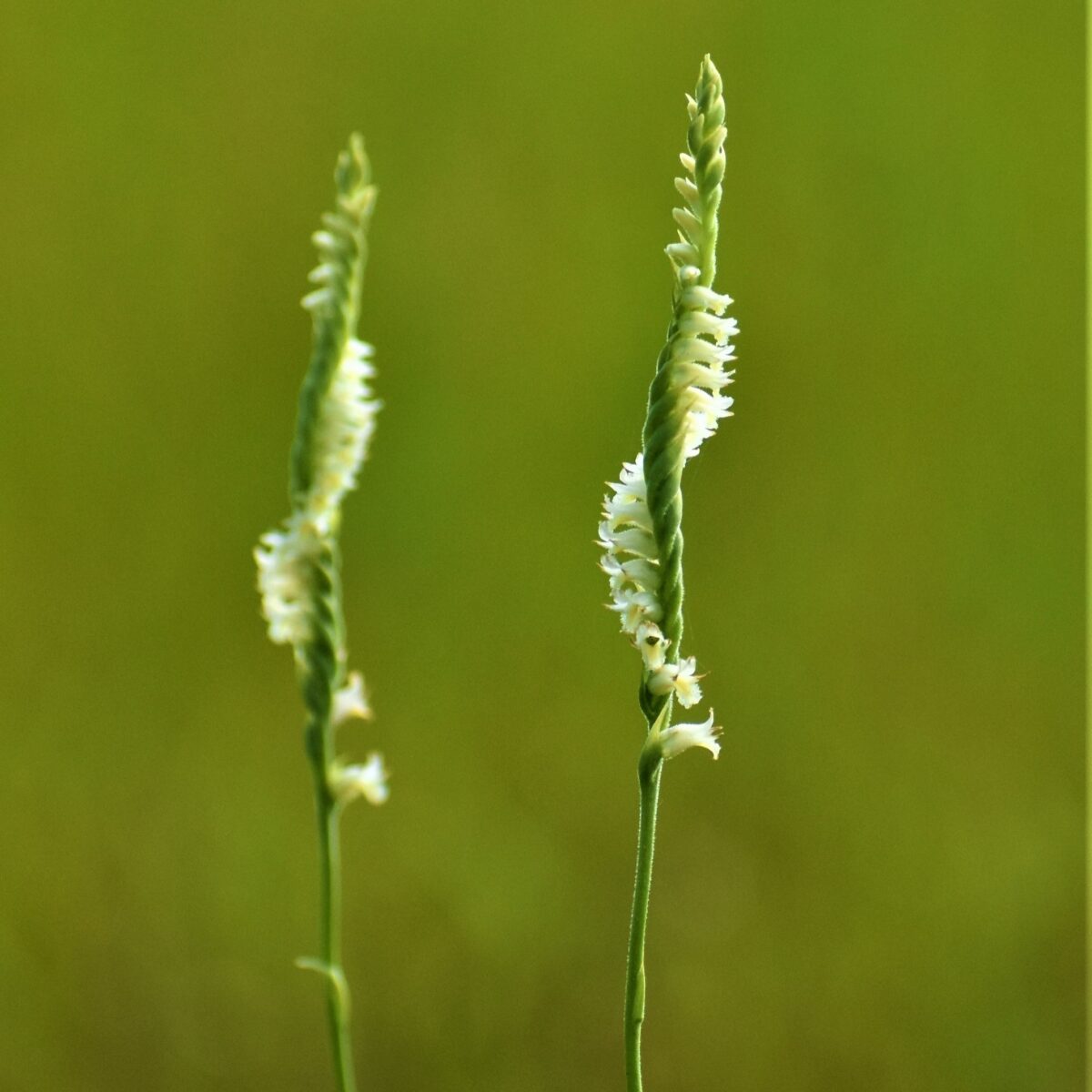Meet board member CJ McCartney
CJ McCartney joined the Florida Wildflower Foundation board in October 2022.
You have been advocating for and educating about Florida’s native flora and fauna for over a decade. What inspired that passion?
Unfettered from my company and leaving Chicago in the late nineties, I decided to move to South Florida. I just wanted to be outdoors, which started me on a path of taking art classes, then gardening, then butterflies, then native plants, and off I went.
Twenty five years later… My community work consists of giving a series of talks to a wide variety of organizations and groups, which is a continuation of the work I started in St. Johns County and brought to Palm Beach. I design and install public pollinator gardens for community groups and photograph native plants, which I use in my presentations and on my Instagram account @botanizingbirdingbutterflies. Through Instagram I hope to tell the story of our amazing native wildflowers and the foundational role they play in keeping Florida wild.
How did you get involved with the Florida Wildflower Foundation?
Before Covid, a colleague who is active statewide with native plants and conservation recommended that I consider applying to the Florida Wildflower Foundation Board of Directors. It was suggested that perhaps it would provide an opportunity to collaborate with others who were also engaging in community outreach and education while working to restore native habitats.
Three years later, the notion of forming statewide alliances that align with conservation work and creating wildlife corridors seemed to be a good fit for where I was professionally. So I applied.
You have had a fascinating career in public policy. Can you tell us about that work and its focus?
While owning a national consulting firm, I was very fortunate to work with an amazing group of public and private sector clients. My graduate degree from Harvard University in public policy gave me the foundation to work both sides of business. On the public side, our assignments ranged from advising national and statewide campaigns to handling legislative initiatives to fundraising; while with private sector clients, we took corporations to a national and international presence, handled reputation management, and designed and executed community outreach and involvement programs. Blending this variety of clients into one firm gave me a nuanced understanding of how to create partnerships and alliances with people and groups of different interests. It was fun and a bull ride — all at the same time.
Today those skills show up in building alliances in my conservation work with a variety of organizations and some very talented environmentalists. We’re all in to make a difference in restoring biodiversity and sustainability in our natural world.
How does your background in public policy advance the Foundation’s mission to protect, connect and expand native wildflower habitats?
Today my outreach activities – talks, hikes, videos etc. — focus on “The Transformational Intersection of Us and Nature.” This theme informs our communities about how they will make a real difference through being connected and engaged with conservation and restoration in a variety of ways.
In addition to your work with the Foundation, you also work with local organizations like Palm Beach County Environmental Resources Management (ERM) and the Ann Norton Sculpture Garden. Please tell us about these collaborations:
Working with both ERM and Ann Norton Sculpture Gardens offers me a variety of ways to be involved in environmental stewardship. Both have a mission of conservation, education and protection of natural habitats; and in both organizations, it is carried out in effective and innovative ways.
At ERM, we have an amazing team of scientists and biologists who are creative and engage in effective management of natural habitats. My scope is vouchering native plants, which is all teamwork; restoring and enhancing habitats; conducting community outreach events; and working with public outreach programs. We operate as a team, support each other and encourage each other. It’s really a talented and fun team.
For Ann Norton Sculpture Garden, a museum established to foster conservation, I work with an innovative and creative team. We are all committed to community education and are always on the lookout for new ideas to enhance Ann’s mission. Leading monthly Garden tours allows me to educate our visitors about sustainability and native habitats. Within the Palm and Cycad garden, we installed a pollinator garden, focusing on endangered native plants; we also installed a pollinator meadow, and this year we created a “Coontie Meadow” of coonties and wildflowers for our Atala Butterflies. It is so cool. Last year we started a “Conservation Conversations” series and will continue it this season with a broader scope. New this year is an “Art and Nature” series that taps into my art background melded with my conservation work. More will be revealed at ANSG.org.
What are some of your favorite areas to visit and see native wildflowers?
At ERM, I am often in our 32 natural areas leading a hike or vouchering or creating videos and photographs for the public, so I am constantly discovering new trails, new natives and new habitats. I fall in love all over again with our 31,000 acres of restored habitat. This fall, I am teaching a “Landscaping with Natives” series that explores how nature and natural areas teach us about plant communities and habitats and how we can bring that to our landscapes.
What is your favorite native Florida wildflower?
It changes seasonally. After a prescribed fire, I fall in love with fire-dependent natives. This season it’s the Grasspink orchids (Calopogon spp.), which we just did an educational video about. Other favorites are the Butterworts (Pinguicula spp.), including P. caerulea and P. pumila (all three colors), and of course, Ladiestresses (Spiranthes spp.), another native orchid. I track the different Spriranthes species throughout the seasons. And there are the breathtaking meadows of Starrush whitetops (Rhynchospora colorata) at sunrise, and speaking of meadows… Okay, I’ll stop now and just leave it there.
Come to South Florida and wander with me, we’ll find amazing wildflowers and have adventures along the way!

